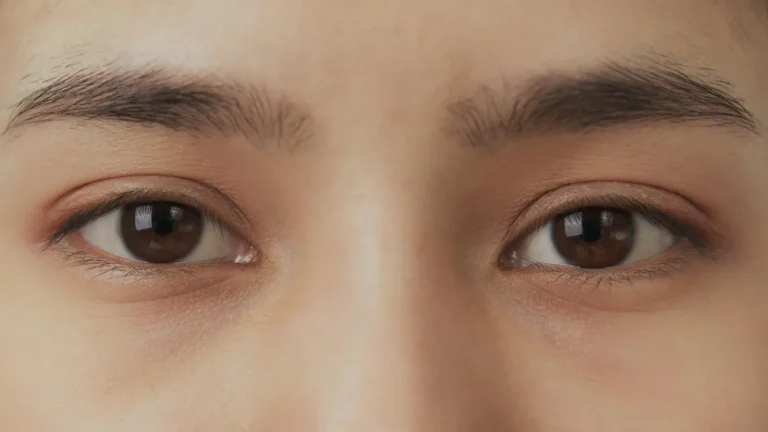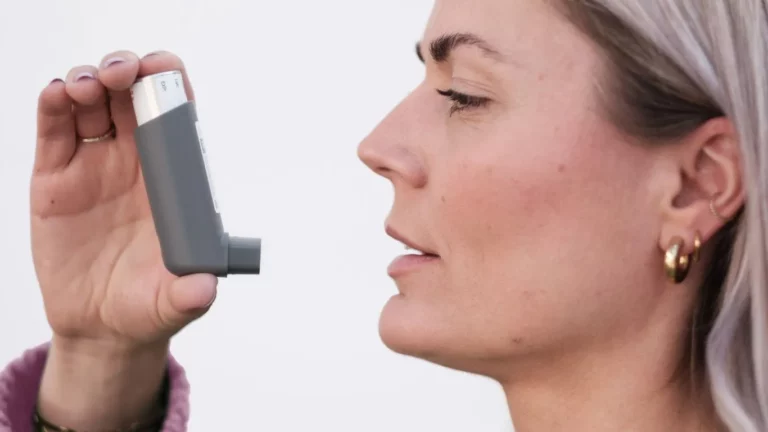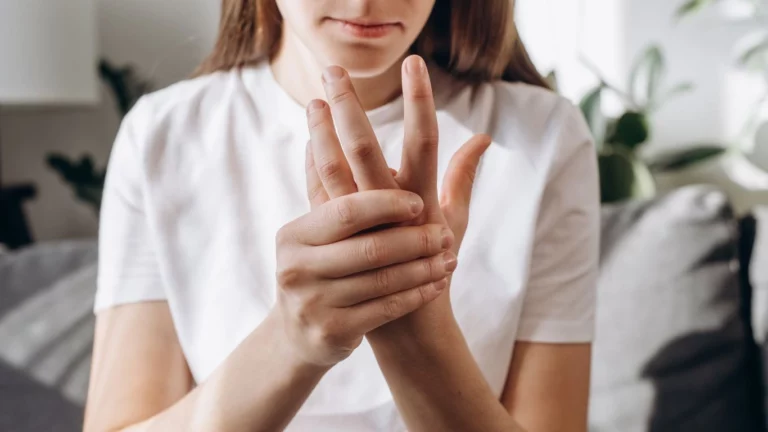Blood Pressure Benefits of Meditation Practices: How to Use Mindfulness for Better Heart Health
If you’re like me, you’ve probably tried a few things to help manage stress and improve your health—maybe even wondered if meditation could help lower blood pressure. Well, spoiler alert: it absolutely can! As someone who’s worked with high blood pressure patients for years, I’ve seen the incredible effects meditation can have. It’s not a magic cure, but when paired with healthy lifestyle choices, it’s a powerhouse tool.
So, whether you’re new to meditation or have been dabbling in it already, I’m here to explain how it works, why it’s so effective, and how you can get started. It’s all about embracing that calm and quiet to bring down those blood pressure numbers, without the need for extra pills or harsh treatments.
🧘♀️ Why Meditation Really Works for Lowering Blood Pressure
Okay, let’s break it down: why is meditation such a big deal when it comes to managing blood pressure? It’s all about stress management. Let me explain how these meditation practices have a real impact on your body and heart health.

1. Stress Relief = Lower Blood Pressure
When you’re stressed, your body goes into “fight or flight” mode, and that means a spike in cortisol (your stress hormone) and adrenaline. These hormones raise your blood pressure. But guess what? Meditation is like the complete opposite of that.
By taking time to meditate, you’re telling your body to calm down, reduce stress, and, over time, lower your blood pressure. I’ve worked with clients who literally feel their heart slow down after a few minutes of meditation, and it’s honestly magic.
2. Increased Heart Rate Variability (HRV)
This one’s a bit technical, but stick with me. HRV is the time between heartbeats, and a higher HRV is actually a good sign that your heart can handle stress better. Meditation can boost HRV and help your body adapt to stress in a healthier way. The more you meditate, the better your heart becomes at staying cool under pressure.
3. Activating the Relaxation Response
When we’re constantly running around, stressed out, or just rushing through life, our nervous system stays in “fight or flight” mode. Meditation helps flip that switch and activate the parasympathetic nervous system—the system that tells your body to rest and relax. This relaxation response lowers your heart rate and helps your blood vessels dilate, all of which are excellent for blood pressure control.
🧘 Which Meditation Practices Work Best for Lowering Blood Pressure?
Not all meditation is created equal, and that’s why you might want to experiment with different types to see which works best for you. Here are a few of my go-to practices that I’ve recommended to many of my clients—and they’ve seen some pretty amazing results!
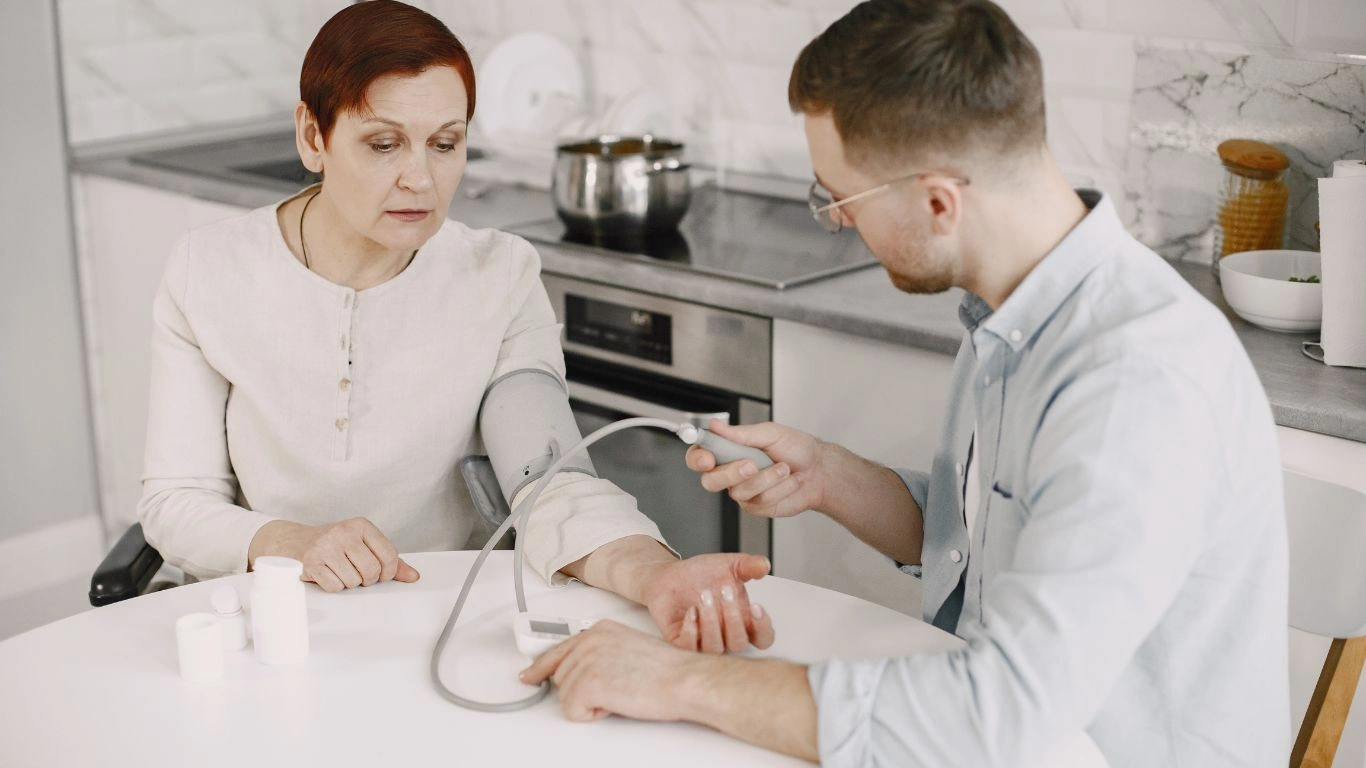
1. Mindfulness Meditation: The Classic Go-To
This is probably the most popular type, and for a good reason. Mindfulness meditation is all about staying present and focused on the moment, without judgment. Just paying attention to your breath, sounds, or even your thoughts without getting carried away. It’s simple, and the benefits are huge. It’s also one of the easiest meditations to do, even if you’ve never tried it before.
Here’s the thing: when you focus your attention on your breath or a calming image, your body releases endorphins (those “feel-good” hormones). So if you’re feeling overwhelmed or anxious, this can lower your blood pressure almost immediately.
2. Guided Meditation: Easy for Beginners
If you’re someone who struggles to meditate because it’s hard to stay focused, guided meditation might be your thing. These sessions are led by a meditation teacher (usually through an app or recording), who walks you through each step. It’s like having a meditation buddy guiding you every step of the way.
I had a client named Sarah who was struggling with her blood pressure. After just a couple of weeks of guided meditation, she told me she was feeling more relaxed and had noticed her blood pressure readings were a lot lower. It’s kind of like having someone gently nudge you back into calm when your mind starts wandering.
3. Transcendental Meditation (TM): For Deep Calm
Now, this one is a little different. It’s all about repeating a specific mantra (a sound or word) to help you relax deeply. TM has been shown to lower blood pressure and even help people manage chronic hypertension. The cool thing about TM is that once you get the hang of it, you can use it anywhere, anytime—even in stressful situations like doctor visits or traffic jams.
4. Breath-Focused Meditation: Deep Breathing Power
If you’re someone who feels a physical reaction when stressed (like shallow breathing), breath-focused meditation might be a game-changer. Simply focusing on deep, slow breaths can help lower blood pressure by activating the vagus nerve, which triggers that relaxation response. I’ve used this technique myself, and it’s worked wonders during stressful moments. It’s something you can literally do in 5 minutes, anytime, anywhere.
🚧 Troubleshooting Common Meditation Roadblocks
Not everything about meditation is smooth sailing at first. There are definitely a few bumps along the way, but don’t worry—everyone goes through them. Here are some common issues I’ve seen and how to tackle them:
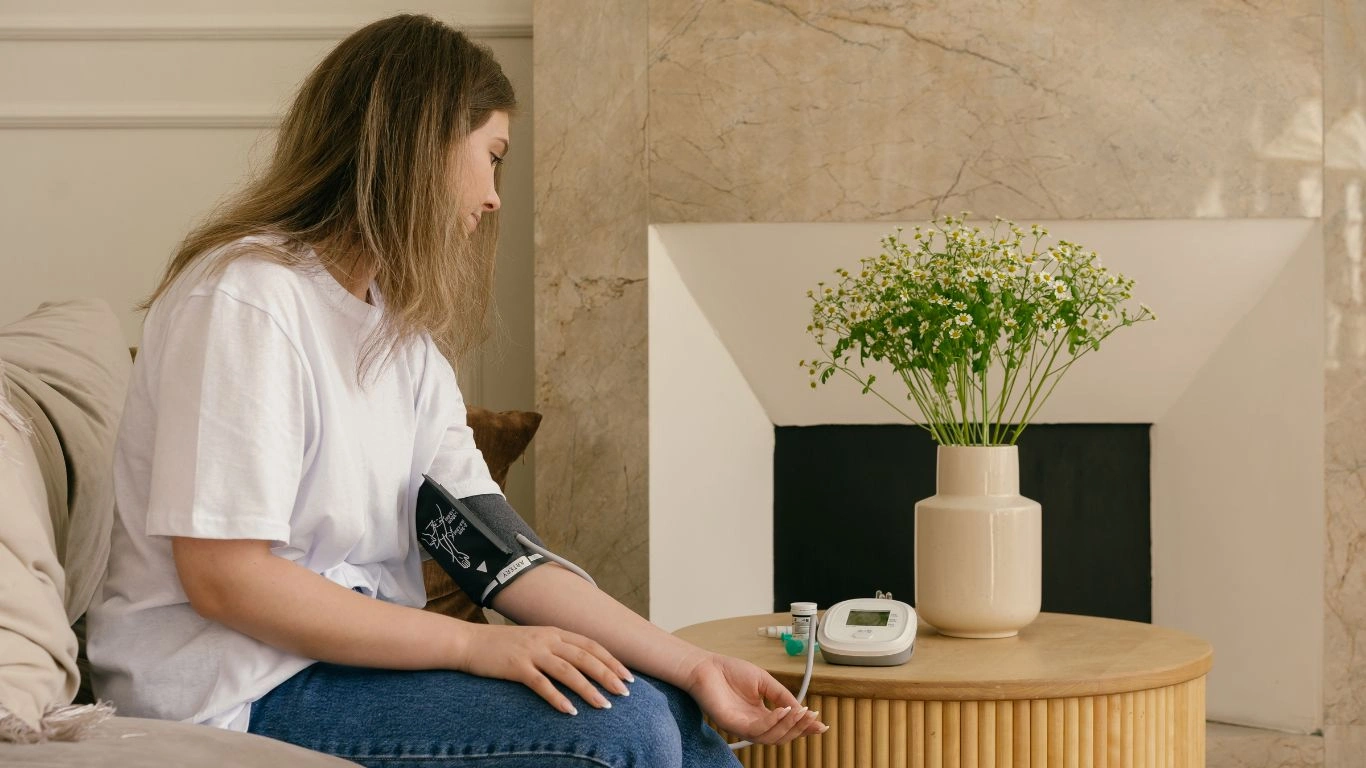
1. “I don’t have enough time!”
Trust me, I get it—life is busy! But here’s the thing: you don’t need a 30-minute session to make a difference. 5-10 minutes can still have a huge impact on your blood pressure. Start small, and you’ll see results.
2. “I can’t sit still”
If sitting still for meditation feels impossible, try walking meditation or some gentle stretches while focusing on your breath. You’d be surprised at how effective that can be for reducing stress and lowering your BP.
3. “My mind won’t shut up!”
Hey, we’ve all been there. The key is to not stress about it. Acknowledge the thoughts, and gently guide your focus back to your breath or mantra. It gets easier with practice. Just keep going, even if your mind wanders.
💡 Key Takeaways / Summary
Let’s wrap this up with a quick recap. The blood pressure benefits of meditation practices are real! Here’s what you should keep in mind:
- Meditation lowers stress and activates the parasympathetic nervous system, helping reduce high blood pressure.
- Regular meditation can improve heart rate variability and bring more relaxation into your life.
- Experiment with different meditation types to find the one that fits best for you.
- Even 5 minutes a day can make a big difference over time!
🙋 5 FAQs About Meditation and Blood Pressure
1. How quickly can I expect to see a change in my blood pressure?
Most people notice some improvement within a few weeks, but for long-term benefits, I recommend sticking with it for at least 2-3 months.
2. Can meditation replace my blood pressure medication?
While meditation can be a great complement to your treatment, don’t stop your medication without talking to your doctor.
3. Should I meditate in the morning or evening?
Both work! If you’re looking to start your day with a calm mind, morning meditation is great. Evening meditation can help you wind down after a stressful day.
4. Can I meditate if I’ve never tried it before?
Absolutely! Everyone starts somewhere. Guided meditation apps are fantastic for beginners.
5. What if I just can’t sit still?
Try walking meditation or breathing exercises. Movement helps too!
📚 Appendix
🔗 References
- American Heart Association – heart.org
- Mayo Clinic on Meditation – mayoclinic.org
- Harvard Health – health.harvard.edu
⚠️ Disclaimer
This article is intended for informational purposes only and should not be a substitute for professional medical advice. Always consult your healthcare provider before making changes to your health routine.
📢 Call to Action
Want to get started on the road to lower blood pressure with meditation? Give it a try today, and let me know how it works for you! 🌿✨

Dr. Gwenna Aazee is a board-certified Internal Medicine Physician with a special focus on hypertension management, chronic disease prevention, and patient education. With years of experience in both clinical practice and medical writing, she’s passionate about turning evidence-based medicine into accessible, actionable advice. Through her work at Healthusias.com, Dr. Aazee empowers readers to take charge of their health with confidence and clarity. Off the clock, she enjoys deep dives into nutrition research, long walks with her rescue pup, and simplifying medical jargon one article at a time.

